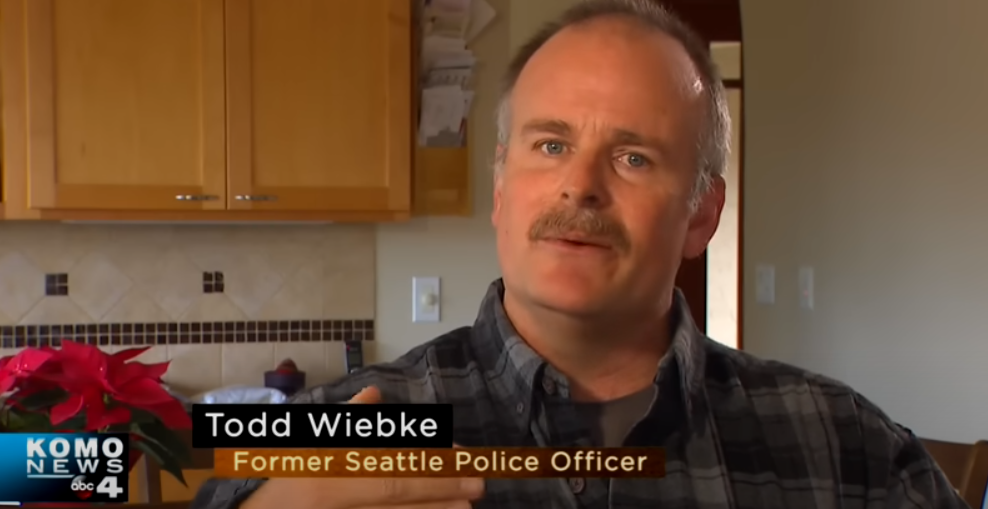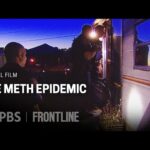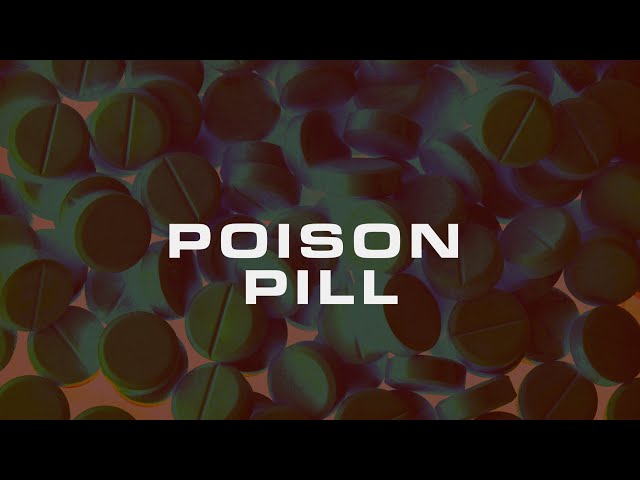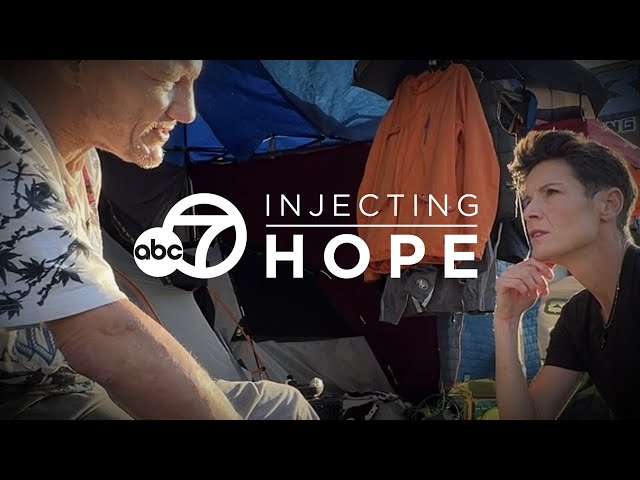Introduction
This documentary details the addiction and the homeless crisis in Seattle. This story is about a seething, simmering anger that is now boiling over into outrage. It is about people who have felt compassion, yes, but who no longer feel safe, no longer feel like they are heard, no longer feel protected. It is about lost souls who wander our streets untethered to home or family or reality, chasing a drug which, in turn, chases them. It is about the damage they inflict on themselves, but also on the fabric of this place where we life. This story is about a beautiful jewel that has been violated and a crisis of faith amongst a generation of Seattleites falling out of love with their home. There is another part of this story too – it’s about a solution, an idea, for a city that has run out of them, and I ask again, what if Seattle is dying and we don’t even know it? [Taken from video introduction]
Watch Now!
After watching the following video, you are welcome to share your experience by providing a review of the resource.
Quotes
“This is what suffering looks like. This is pain, ranting and raving, screaming silently, coming completely unraveled before our eyes and then tomorrow he’ll wake up and relive the nightmare all over again. Starving, eating trash from a garbage can. Look at the people look by, of course they’re not shocked – they see it every day. How can this be who we are? How can this be what we allow? How did the word ‘compassion’ get twisted into this sickening reality?”
“Seattle and outlying areas spend one billion dollars addressing and responding to the homeless situation every year … the cost isn’t a billion dollars a year – the cost is quality of life. The cost is people not wanting to take their families downtown anymore, families not feeling safe in their own neighborhoods. The cost is people no longer feeling like they are heard, no longer feeling protected. The cost is people dying in the streets and the rest of us getting used to seeing it, numb to the suffering. The cost is incalculable. How did we get to this point?”
“He started a Facebook page called “Seattle Looks Like Shit“. It’s not meant to be funny, it’s meant to be sad … Day after day, one after another, the pictures on the page from every corner of the emerald city paint a picture of rots and filth that is being allowed to fester on the streets and in the lots and under the overpasses of a once proud city.”
NOTE: I am simply sharing the link as it is mentioned it the documentary.
“People come here because it’s called Free-attle and they believe if they come here, they will get free food, free medical treatment, free mental health treatment, a free tent, free clothes and will be free of prosecution for just about everything; and they’re right. It didn’t use to be that way. Law enforcement offers used to be able to enforce the laws. In the last five years, there has been a culture shift and it started with the legislature decriminalizing felonies and dumping convicts onto the streets.”

“I’ve said it before and I’ll say it again, the only thing I can equate it to is we’re running a concentration camp without barbed wire, up to and including the medical experiment of poisoning these people with drugs. I don’t know how else to put it and it’s infuriating.”
TODD WIEBKE
“I would say all of the [homeless] people living in sidewalk tents, doorways, and encampments suffer from drug addiction, or, more rarely, a serious debilitating mental illness.”
“Drug dealers selling crack, meth and heroin are evil people preying on the weakest part of society and belong in prison. We arrest them and nothing happens to them. They are back out on the street immediately. We need to acknowledge the disregard for human life inherent in selling life ending drugs and lock the dealers up for serious time.”
“We can’t just ignore out way out of this, we can’t arrest our way out of this. People are dying and there’s something we can do to stop that.”
“People who steal and commit crime to get their drugs eventually end up in this place – the Rhode Island Department of Corrections. It’s not a nice place, it’s a prison, but inside the walls something amazing happens. Every day the inmates, who are in the MAT (medication assisted treatment) program line up and take their medicine. There are three opiate blockers that work – Methadone, Suboxone, and Vivitrol. They are FDA approved, they get people off heroin, they save lives … It stabilizes us physically so that we can do the emotional work that we need to do to heal from the disease.”
Continue Learning
Please view the following additional resources to continue learning about some of the topics discussed in this resource. If you have any suggestions, concerns or general comments, feel free to contact me as well!





